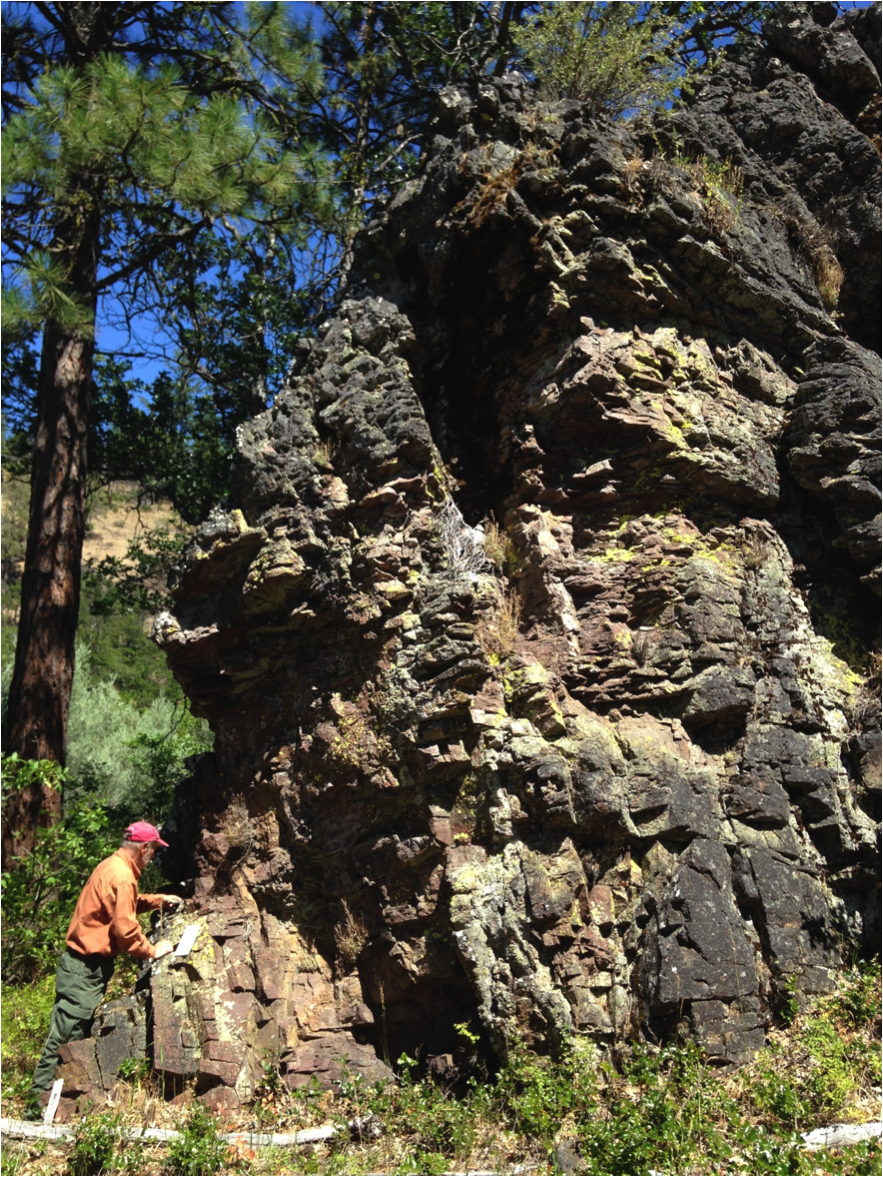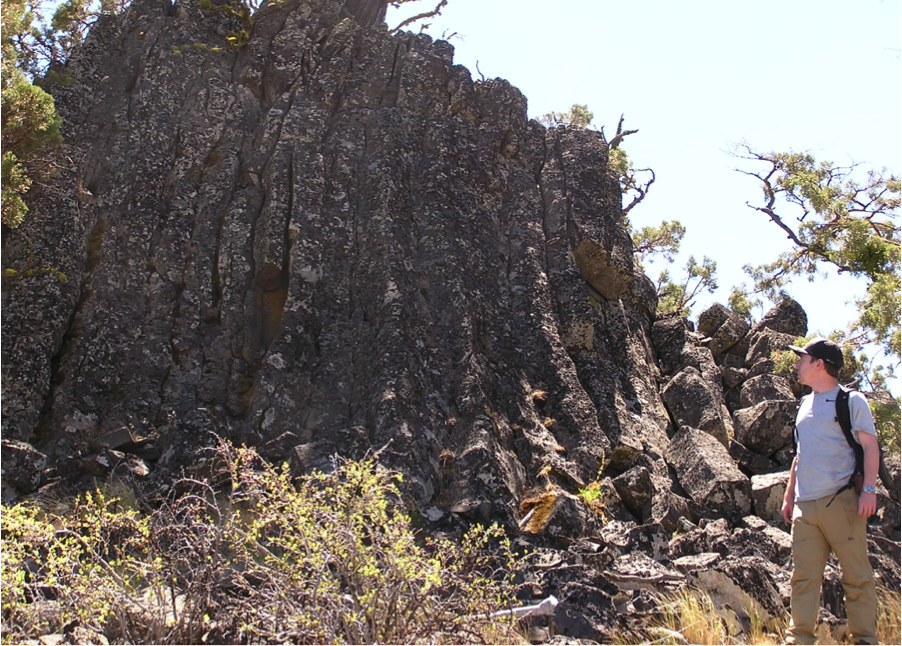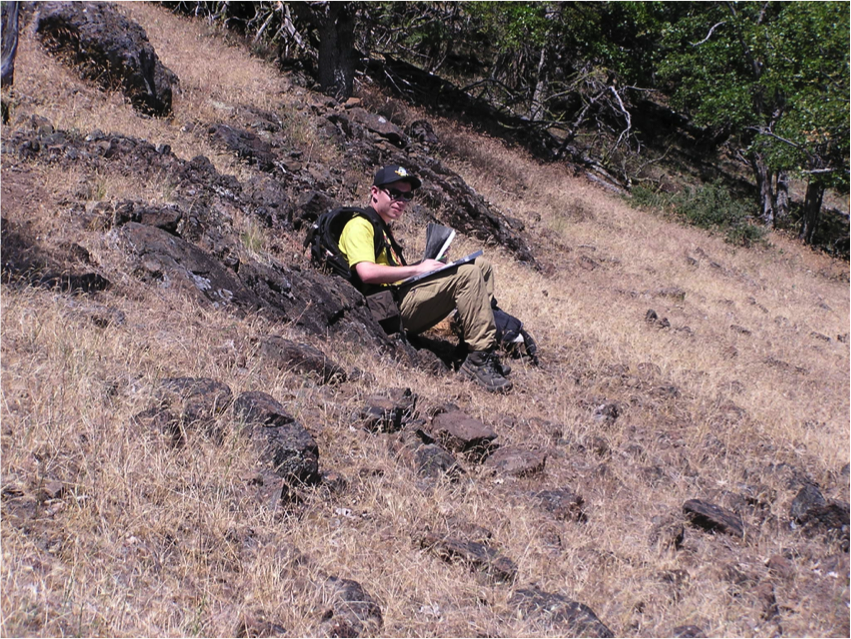Friends Research Funds provided grants during 2016 to student researchers: Here are selections from their journal entries about their field work in the Monument.
Invasive Barred Owl and the Native and Threatened Great Gray Owl
by Emily Burke, SOU Environmental Education
Faculty: Dr. Stewart Janes, SOU Biology
During my time assessing the potential for competition between the invasive barred owl and the native and threatened great gray owl in the Cascade-Siskiyou National Monument, I spent the majority of my research hours in the monument at night, calling and listening for owls. Prior to this project, I had spent a fair bit of daylight time in the monument, witnessing it mostly through sight, but researching owls in the CSNM allowed me to experience it in a completely novel way, a way that most people probably don’t experience the monument; the sweeping vistas of the day give way at night to common poor-wills whistling rhythmically, the wings of bats skirting my cheeks, and tree frogs chorusing in unison. And occasionally, the eight-note call of a barred owl winding through the midnight firs.
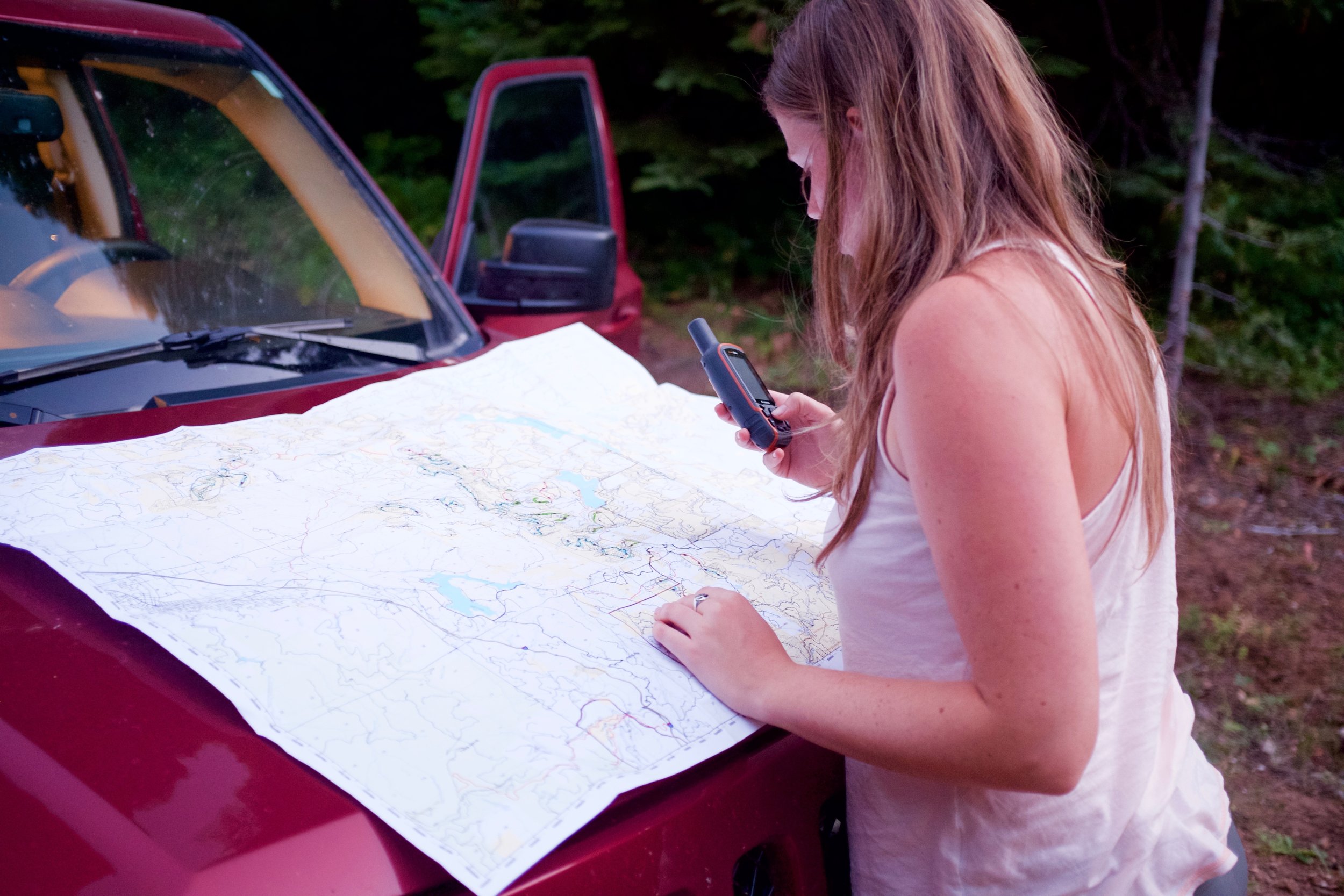
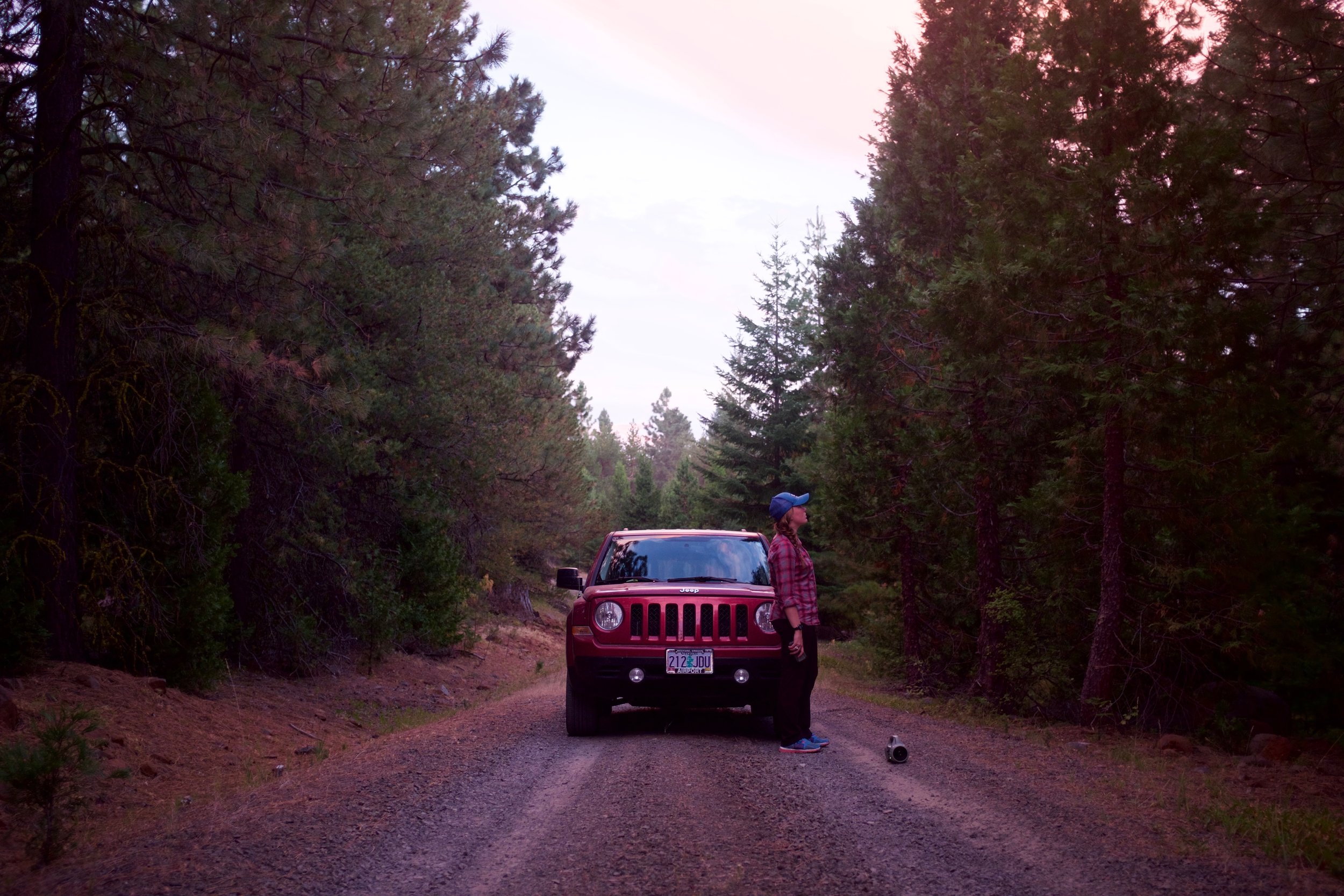
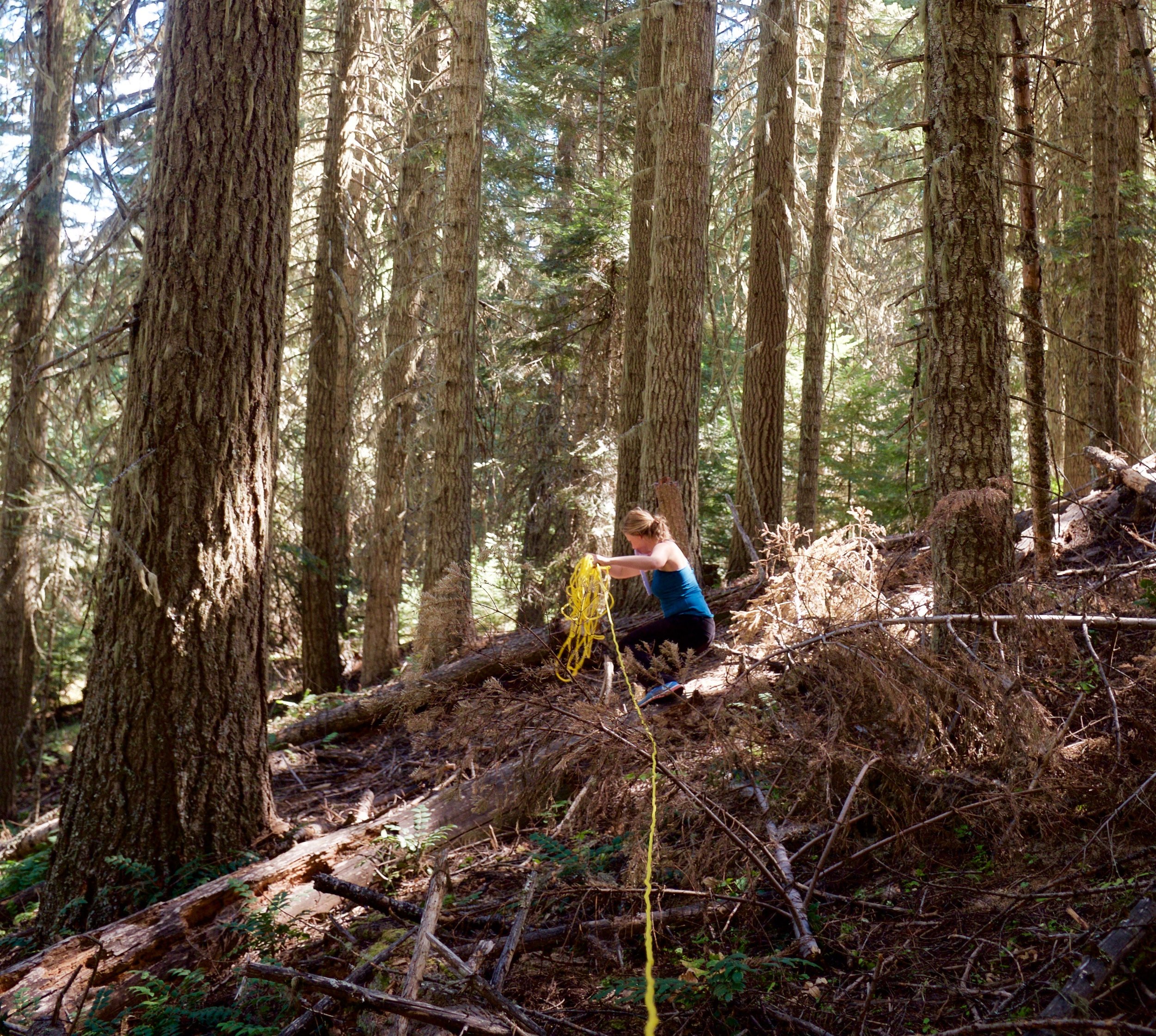
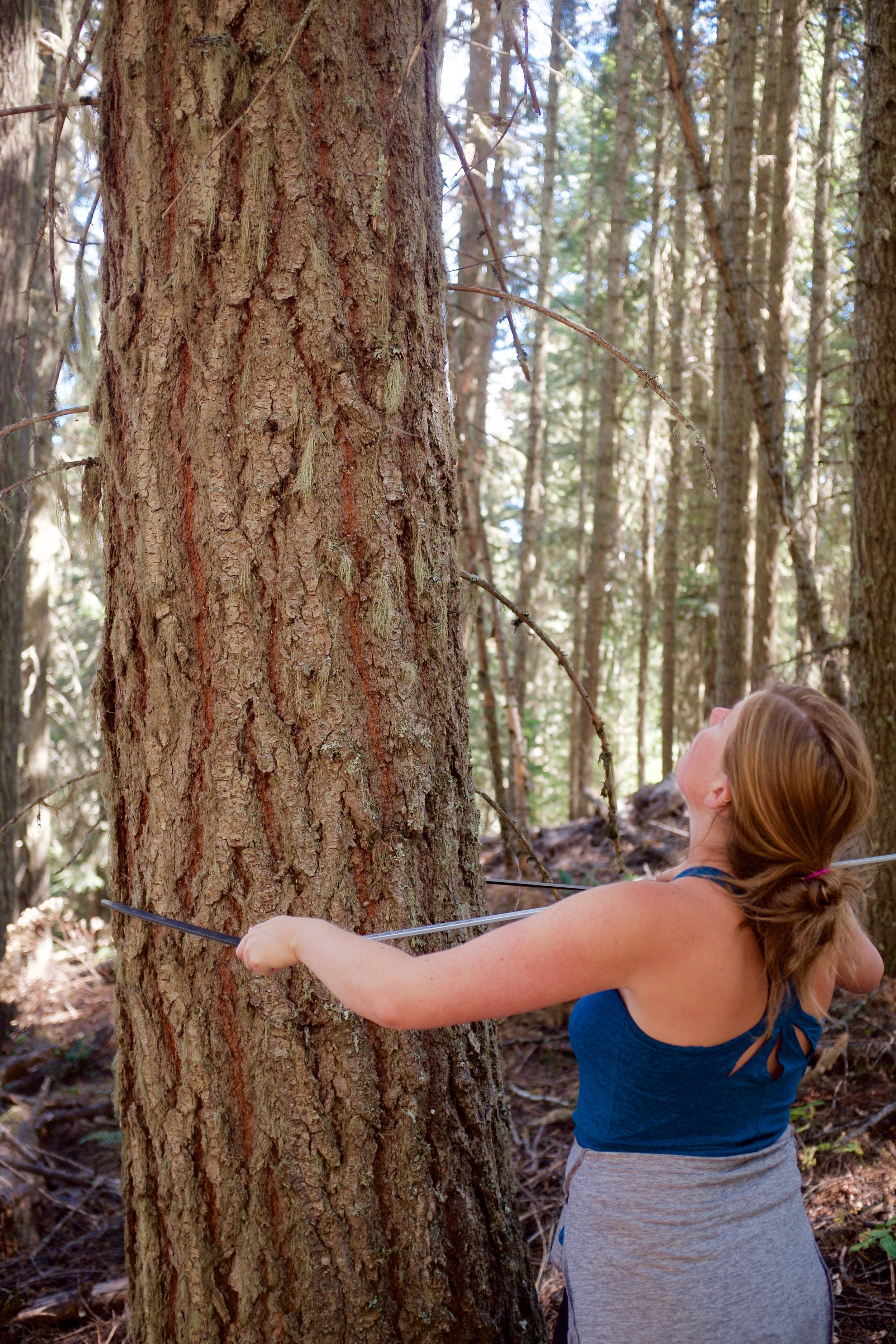
Geology in the Field
By Kieran McCann, University of Oregon
Faculty: Dr. Jad D'Allura, SOU professor of geology (retired)
This summer working in the Cascade-Siskiyou National Monument was an extremely rewarding experience that gave me insight into the day to day life of a working field geologist. Going back to the basics of geology and getting my nose on the rocks reminded me of why I chose this science in the first place. I was able to make my own interpretations and put my knowledge to the test in an applied setting. Though definitely challenging physically and puzzling geologically, this opportunity has solidified many lessons I learned in the classroom and trained me in many invaluable skills I can use in my future career.
One of the most challenging locations in our field area was Agate Flat because it is so isolated and had only one access road. We had to be especially aware of timing and water supplies because of the high summer heat. Despite the difficulties associated with reaching this area, it proved to be the most rewarding when tackling the geology. The remoteness and stillness of the area really allows one to appreciate the monument in its rawest form.
